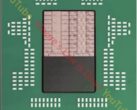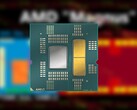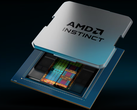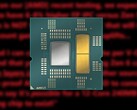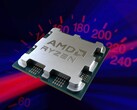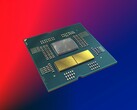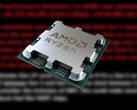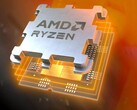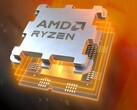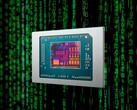While not breaking news, this report consolidates reliable claims from Moore’s Law Is Dead, a leaker with a strong track record, and much of it reflects information we have previously covered
Zen 6 marks one of AMD’s most aggressive generational leaps in recent history. According to Moore’s Law Is Dead, the company is internally testing desktop CPUs that already reach 6.4GHz, with the ultimate performance target set “above 7 GHz.” These chips—codenamed Olympic Ridge—will be based on the N2X node, an enhanced version of TSMC’s 2 nm process, and represent a significant jump from the current Zen 4 lineup built on N4P. The move from N4P to N3P to N2P and finally to N2X spans three full node transitions. For comparison, AMD moved from Zen+ (12 nm) to Zen 2 (7 nm) and later to Zen 4 (5 nm), with each step yielding substantial gains in efficiency and clock headroom. If successful, Olympic Ridge would exceed the 5.7GHz peak of Zen 4 and potentially outperform current top-end Intel Raptor Lake Refresh CPUs in single-threaded workloads.
However, it is important to note that this 7GHz target applies only to the desktop-class N2X-based variants. Most Zen 6 products—including the Medusa Point APU platform and Venice-class EPYC processors—will use the more mature N2P or N3P nodes. These parts may not match Olympic Ridge in raw frequency, but they are still expected to bring notable improvements in efficiency and performance-per-watt. As Moore’s Law Is Dead explains, AMD is likely concentrating its highest clocks on AM5 desktop SKUs and possibly a few select server models. Laptop-class APUs, such as Medusa Halo, are expected to top out at around 6.2 to 6.5GHz, still representing a 20% uplift over current-generation mobile parts. While clock speed alone does not determine overall performance, AMD’s attempt to break the 7 GHz barrier reflects its aggressive roadmap and willingness to adopt bleeding-edge manufacturing processes.
If achieved, a 7GHz Zen 6 desktop CPU would be the fastest clocked x86 processor ever released by AMD and potentially a landmark product in the desktop performance race. While final shipping frequencies are still unknown, internal testing and sourcing suggest AMD is on track to deliver a major leap with Olympic Ridge.





